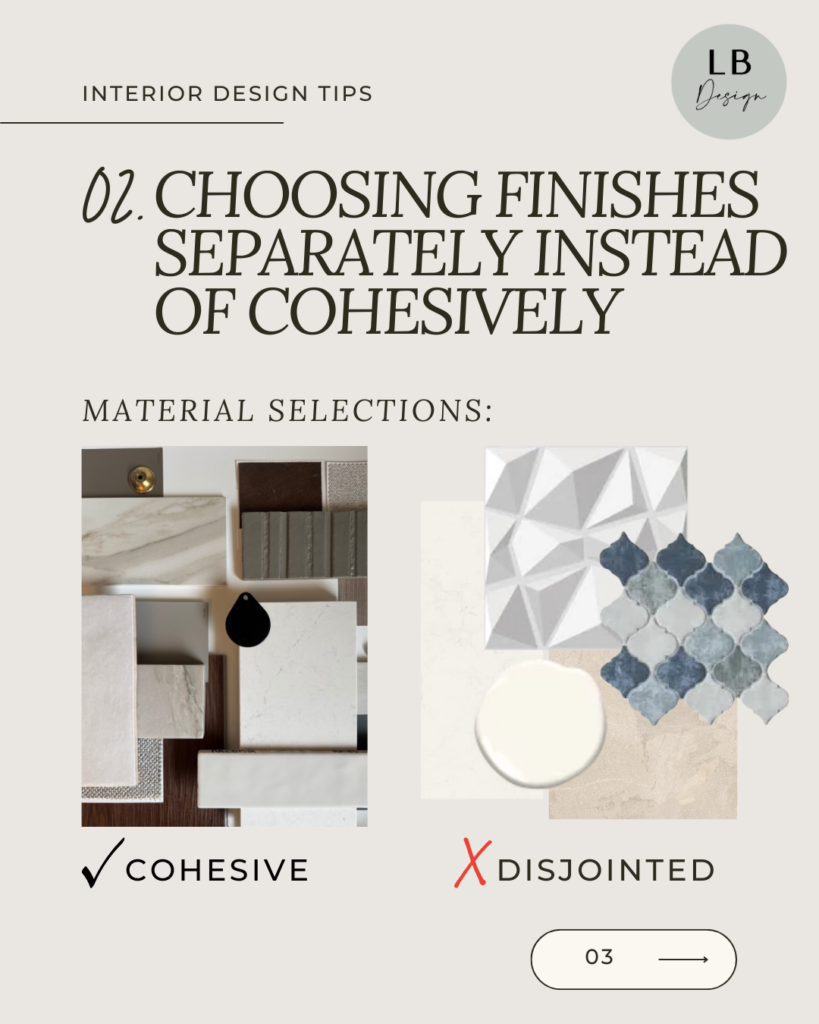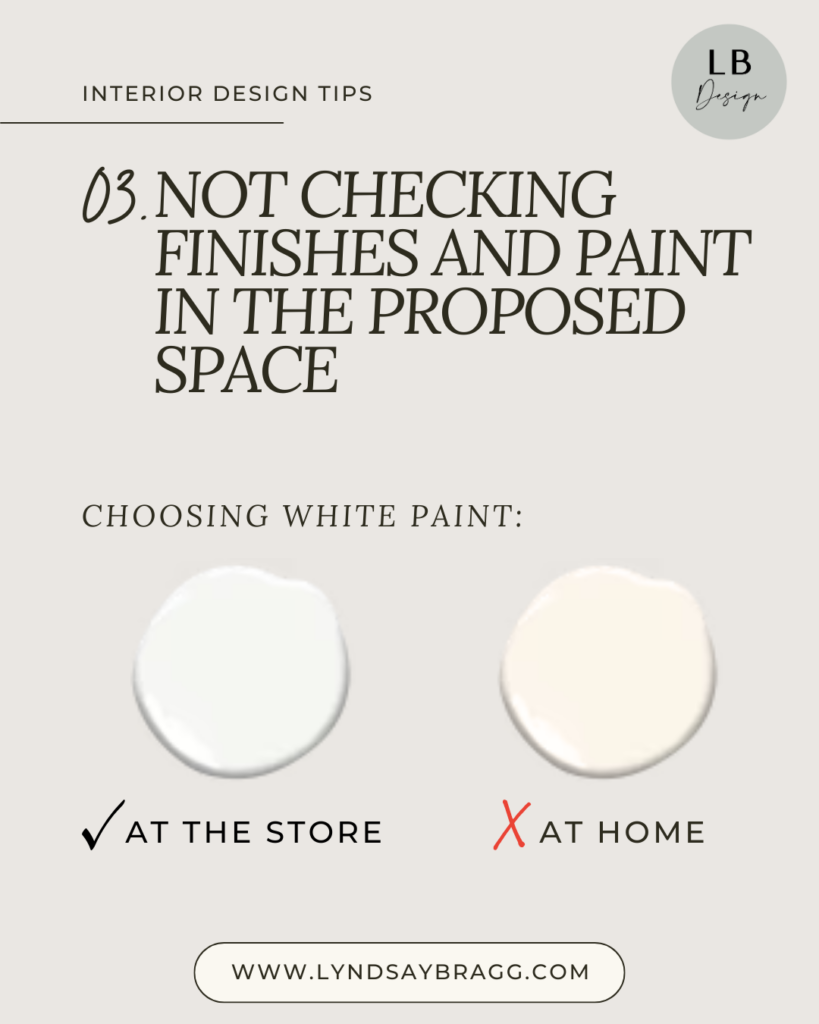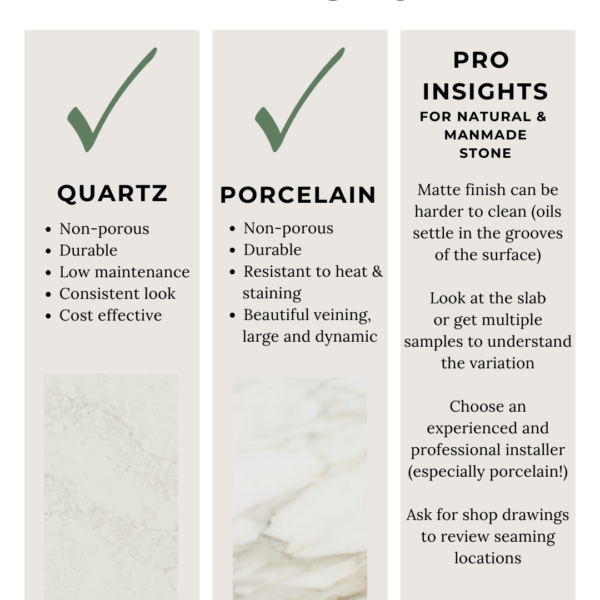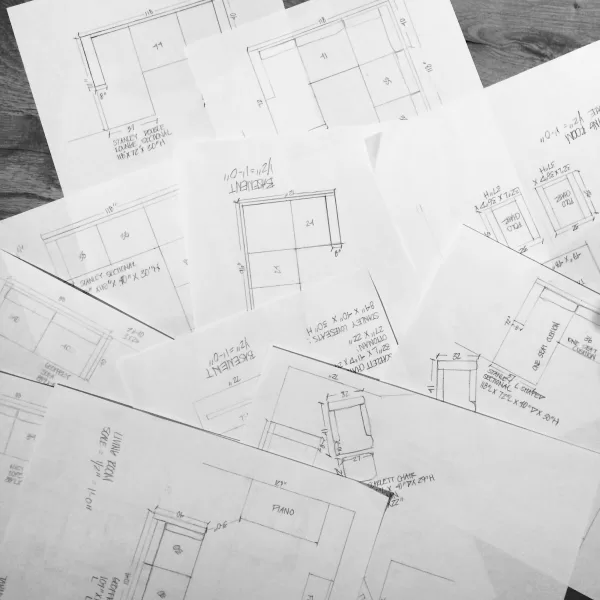Designing a home is an exciting process, but it’s easy to make these common interior design mistakes that can lead to a disjointed space that doesn’t function well. Whether you’re furnishing a new home or refreshing your interiors, avoiding these common pitfalls will help ensure your space is both stylish and livable.
1. Choosing Style Over Functionality

It’s tempting to pick that ultra-sleek sectional or the trendiest chair you’ve seen online, but if it’s uncomfortable, you’ll regret it. Furniture should not only complement your design aesthetic but also support your lifestyle. If a piece isn’t comfortable enough for everyday use, it won’t matter how beautiful it looks.
Pro tip: Always test out furniture in person before buying—especially seating! Online shopping is convenient, but nothing replaces the importance of a sit test.
Instead, reserve sculptural or statement pieces for areas where seating is used less frequently, like entryways or accent corners. Prioritize comfort in your main living areas to create a home you’ll truly enjoy spending time in.
2. Selecting Finishes Without Considering the Bigger Picture

One of the biggest design mistakes is choosing finishes—such as flooring, tile, countertops, and cabinetry—one at a time rather than as part of a cohesive design. When elements don’t coordinate, the result can feel disjointed rather than harmonious.
Solution: Bring all your proposed materials together and review them side by side before making final decisions. Consider how colors, textures, and patterns interact to ensure everything works together seamlessly.
Another key tip? Keep your overall design vision in mind. Mixing too many different styles or motifs—like pairing a geometric tile with an ornate arabesque backsplash—creates a disjointed result. Stick to a cohesive theme to maintain a polished look.
3. Failing to Test Paint and Finishes in the Actual Space

Paint colors and finishes can look dramatically different depending on lighting, room orientation, and adjacent materials. What looks perfect in the store or on a tiny swatch might not translate the same way in your home.
How to avoid this mistake:
- Always get paint samples before committing to a color.
- Use large peel-and-stick samples or paint swatches on boards so you can move them around the room at different times of the day.
- Review finishes under different lighting conditions—both natural and artificial—to see how they shift.
Taking this extra step ensures you won’t end up with a color that looks too dark, too bright, or just not quite right.
Wrapping Up: Common Interior Design Mistakes
Avoiding these common design mistakes will help you create a home that is not only beautiful but also practical and harmonious. By prioritizing comfort, thinking holistically about finishes, and testing materials in the space, you’ll set yourself up for a successful interior design journey.
Cheers!

Do you need help bringing your vision to life? We specialize in designing cohesive, functional, and stunning interiors that truly reflect your personality and lifestyle. Get in touch with us today!



Leave a Reply